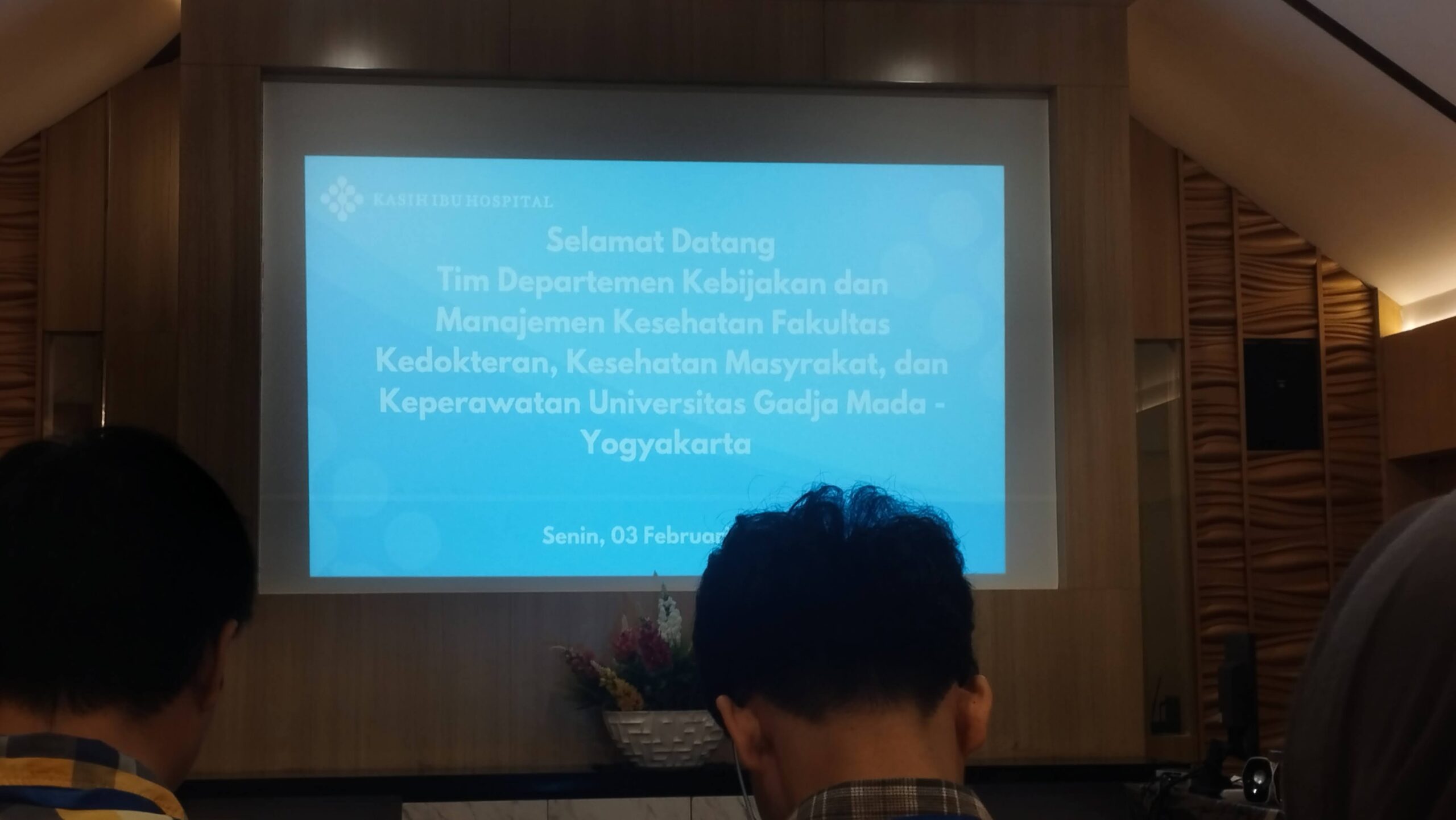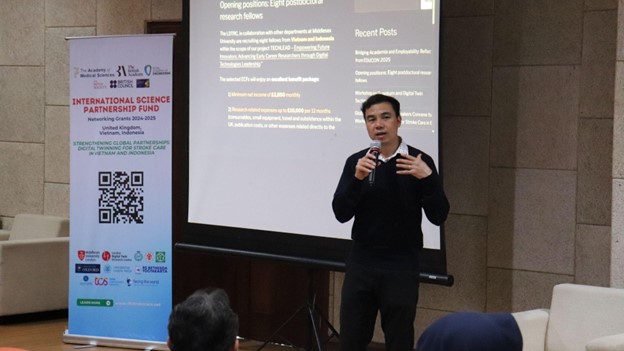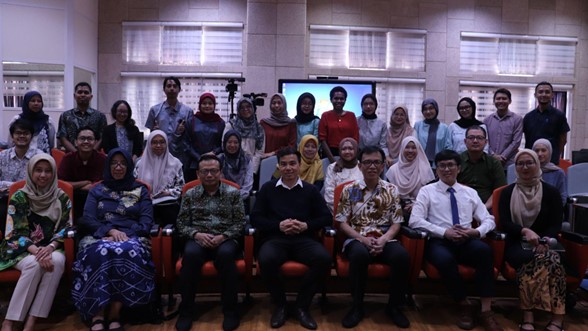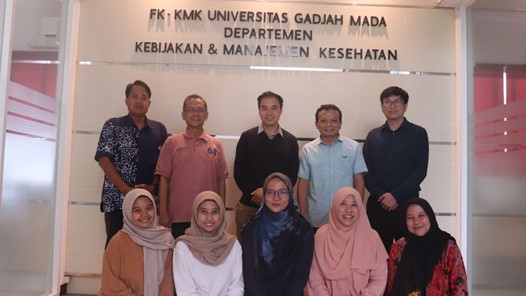On February 3rd, 2025, the global network members from UGM (Universitas Gadjah Mada, Indonesia), Vietnam, and the United Kingdom continued their journey in Bali with an inspiring visit to Kasih Ibu Hospital. This visit was a key part of their immersion into the world of healthcare digitalization, with a particular focus on EMRAM 6 (Electronic Medical Record Adoption Model).
Exploring Digital Transformation in Healthcare
Kasih Ibu Hospital, renowned for its commitment to healthcare excellence, served as an ideal location for the network members to witness firsthand how digital technology is reshaping patient care and hospital management. The hospital has made significant strides in integrating digital tools across its operations, and today, it’s at the forefront of technological innovation in healthcare.
A highlight of the visit was learning about EMRAM 6, an important milestone in the journey toward full digital integration within healthcare systems. EMRAM, developed by the Healthcare Information and Management Systems Society (HIMSS), is a globally recognized framework that measures the level of electronic medical record (EMR) adoption and digital maturity within hospitals.
EMRAM 6 represents an advanced stage of digital maturity, where hospitals achieve the integration of clinical, administrative, and operational systems through sophisticated EMR capabilities. At this stage, hospitals can leverage electronic health records to improve patient care, streamline workflows, and enhance communication among medical teams—all key components in improving outcomes for patients.

Insights and Learnings from Kasih Ibu
During the visit, the network members had the chance to interact with Kasih Ibu’s leadership team, who shared insights into their journey of achieving EMRAM 6 certification. The discussions covered:
- Digital Workflow Integration: How Kasih Ibu Hospital has digitized critical patient care pathways and integrated systems across departments to optimize efficiency and reduce errors.
- Clinical Decision Support: The implementation of real-time clinical decision-making tools, powered by EMR data, to enhance diagnostic accuracy and treatment protocols.
- Patient-Centered Care: The role of digitalization in improving patient engagement, providing quicker access to medical records, and enabling smoother transitions between care teams.
- Operational Efficiency: How digitizing administrative tasks like scheduling, billing, and inventory management has freed up resources for direct patient care.
It was an eye-opening experience for all, providing valuable context for the work being done at the Digital Twin for Stroke Care Global Partnership Workshop. The integration of EMR systems and digital technologies into everyday healthcare practices is closely tied to the goals of the workshop, where the aim is to explore how digital twins can complement and enhance existing healthcare frameworks like EMRAM.
Building the Future of Stroke Care
Kasih Ibu’s strides in digital transformation are setting the stage for more advanced innovations in healthcare. The network members from Indonesia, Vietnam, the UK, and beyond are now better equipped to think about how digital twin technology can intersect with existing systems like EMRAM 6 to further advance stroke treatment, monitoring, and prevention.
As the workshop kicks off tomorrow, these real-world examples of digital healthcare will serve as valuable case studies, encouraging deeper exploration into the practical implementation of digital twins in stroke care.
The collaboration between healthcare institutions and digital innovators is essential to unlocking the future of healthcare—one where technology empowers medical professionals and optimizes care for patients across the globe.
Stay tuned for more updates as the Digital Twin for Stroke Care Global Partnership Workshop continues its mission to revolutionize stroke care!



